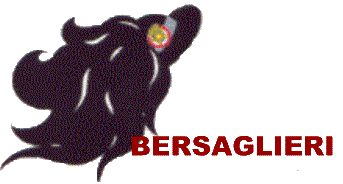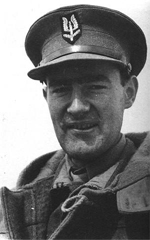
 |
David Stirling 1915-1990 |

|
|
David
Stirling was born November 15th 1915 son of Brigadier Archibald Stirling
of Keir and the Hon Margaret Fraser, 4th daughter of the 13th Baron
Lovat. So he had a long pedigree in serving his country at times of need.
David
Stirling was educated at Ampleforth College, and Cambridge University.
Stirling joined up when WW11 started. Sterling served in Scots Guards,
No. 8 Commando, Layforce. The unit was later disbanded. Sterling took up
Parachuting, which was rare at this time. In 1941, Stirling was bed
ridden in Cario, Egypt, after being injured in a parachute accident.
During this time, he came up with the idea of a small unit to strike the
enemy fast. He proposed the idea to senior officers. Stirling called his
new unit "L Detachment “ Special Air
Service".
Visit
-
Sir David Stirling Memorial, Doune in Scotland
"Who Dares
Wins" While recuperating from a parachute accident, he built on the idea of a small highly-trained special operations group attacking the Rommel's long supply lines. When he failed to gain access to his commanding officer General Auchinleck to argue his case, he just slipped past the guard and walked in (on crutches) - "who dares wins," indeed. Using the innocent-sounding name of L-Detachment Special Air Service and working alongside the Long Range Desert Group, small detachments drove behind enemy lines and attacked enemy airfields, communications and supply dumps. The highly-trained and well-motivated created chaos and the Italians and Germans had to use up more and more forces to guard their bases. The destruction of large numbers of enemy aircraft even allowed a naval convoy to reach Malta to relieve the beleaguered island. Field Marshall Montgomery - another unconventional soldier, gave Stirling his backing and Winston Churchill became so impressed by the unit's performance that it was made into a full Brigade. |